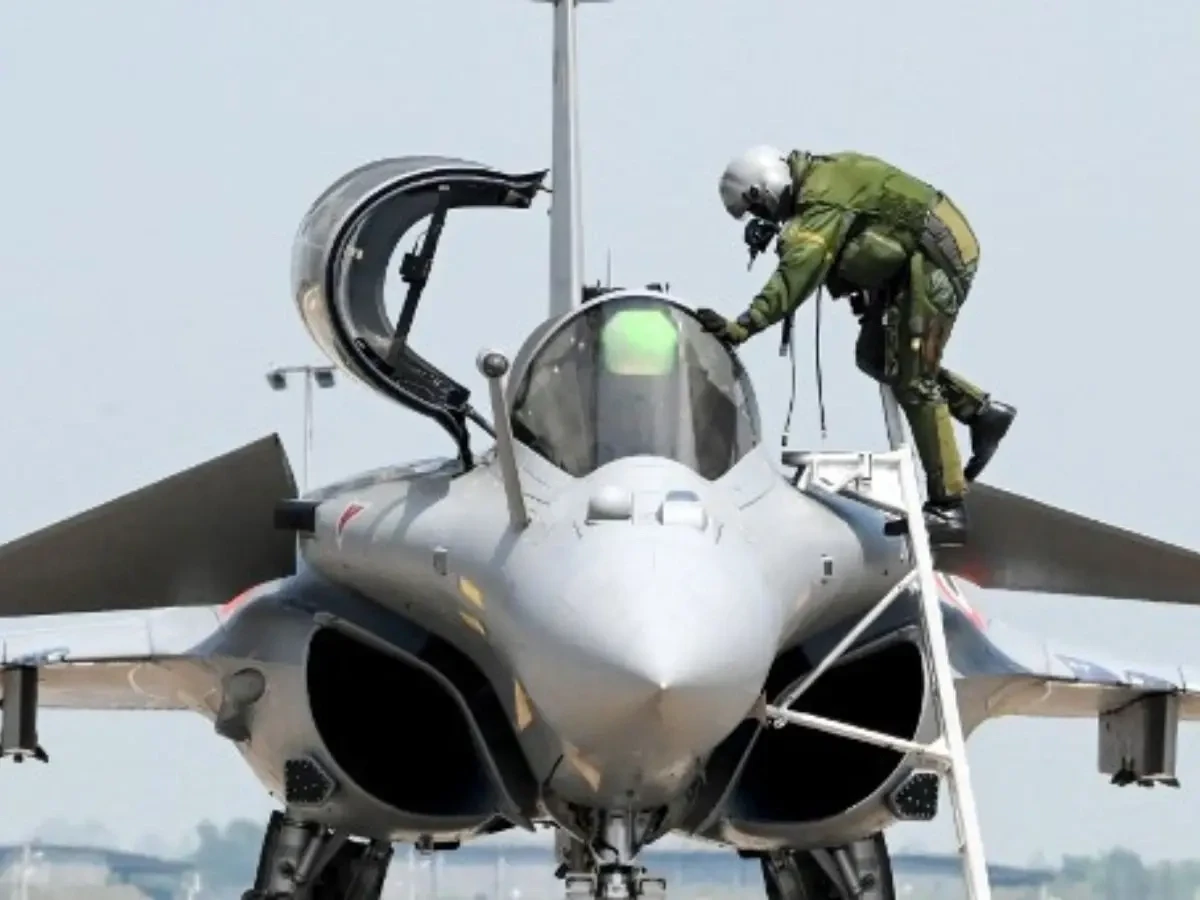The modern aerial combat is becoming more spoofy; what is visible on radar is no longer real. Two recent conflict zones have revealed scenarios of deception in the air.
From Operation Sindoor between India and Pakistan, where Rafale jets allegedly dodged Pakistani missiles, to the contest in the airspace over Tehran, where Iran claimed to have downed Israeli F-35s, a new kind of battle is raging, one where ghost jets and phantom kills dominate the narrative. Powered by cutting-edge technologies like X-Guard and ALE-70, the traditions of aerial engagement are rewritten, giving enemies the illusion of victory, making it impossible to differentiate a real shootdown from a high-tech ruse.
Operation Sindoor: X-Guard decoy
In the 4-day-long Operation Sindoor, India reportedly employed Rafale and Mirage 2000, and Su-30MKI equipped with an Israeli X-Guard towed fibre-optic decoy during strikes to deceive Pakistan’s air defences. When deployed, X-Guard mimics the radar signature of the jet and emits jamming signals by creating false radar returns using AI and DRFM tech, while constantly adapting its signature in real-time.
According to reports, India had already acquired the X-Gard decoy system, and the May conflict was the first occasion of integrating those on a jet to enhance survivability in contested airspace.
Pakistan claimed that they shot down several Rafales, but according to former U.S. pilot Ryan Bodenheimer, these were likely decoys or ghost jets, not actual jets, even advanced Chinese-origin PL-15E missiles failed to detect, demonstrating “the best spoofing and deception ever seen in combat.”
Iran vs Israeli F-35I Adir : ALE-70 decoy
In West Asia, another 12-day-long conflict unfolded between arch rivals Israel and Iran. In June 2025, Iran claimed to have shot down up to four Israeli F-35I Adir stealth jets near Tehran; not only that, they also claimed that they had captured one of the women pilots. Israel denied the claims as propaganda. Israel stayed tight-lipped about the specifics of the incident. Iran could not present any meaningful evidence to back its claims.
Analysts believe this might be another decoy case. According to a report by Medium, ALE-70 is a small device that is stored under a hatch next to the flare dispenser on the F-35. It creates a false target mimicking radar signatures, deploys within 2 seconds, sustains supersonic speeds, and each F-35 could carry up to four units.
So, were any jets shot down?
Based on the available reports, there is no credible source that shows that India lost any jets. Iran’s claims regarding Israeli F-35 shootdowns also lack proof. ALE-70 decoys may have been mistaken for actual fighters. Both X-Guard (on Rafale) and ALE-70 (on F-35) are sophisticated decoy systems that can imitate real jets on radar. If these systems were used successfully in recent air operations, it could explain why no actual jets have been confirmed lost despite hostile claims. In both cases, we’re probably looking at phantom kills, where decoys take the hits while real jets survive.
